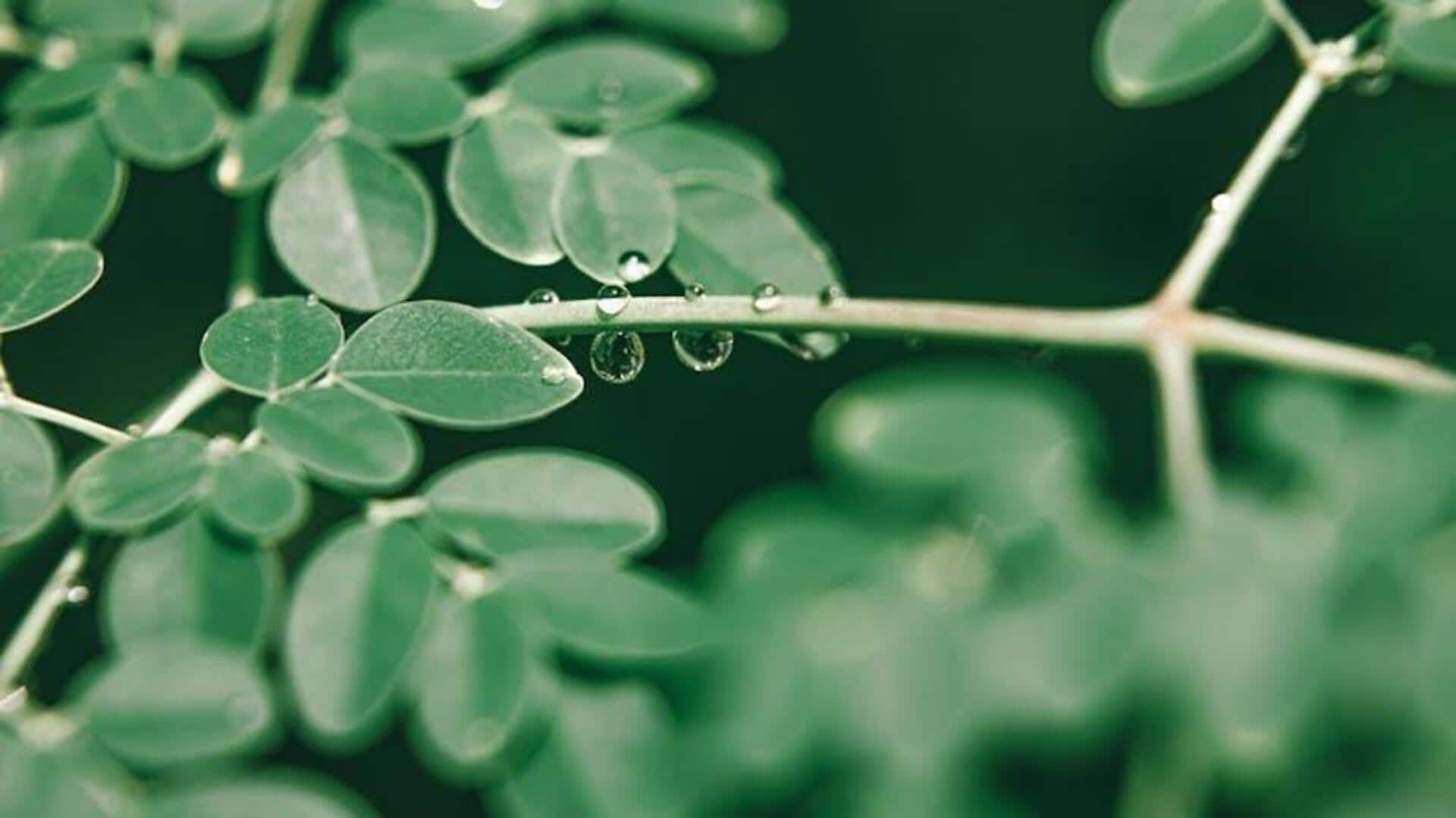
How moringa shapes African diets
What's the story
Moringa, the miracle tree, holds a special place in West African vegan diets. Its leaves, seeds, and pods offer a powerhouse of nutrition. This article delves into the top moringa varieties that play a crucial role in these diets, shedding light on their health and sustainability benefits. It emphasizes the nutritional profiles of each variety and their contribution to promoting dietary diversity and environmental sustainability in West Africa.
Oleifera overview
Moringa oleifera: The nutrient powerhouse
Moringa Oleifera, commonly grown in West Africa, is a vegan superfood. It's packed with vitamin C, A, calcium, and protein. Just 100 grams of its dry leaves contain over nine times the protein of yogurt, 10 times the vitamin A of carrots, 15 times the potassium of bananas, and 17 times the calcium of milk. It solves the problem of where to get certain nutrients in a vegan diet.
PKM1 insights
PKM1: The fast-growing variety
PKM1 is a hybrid variety prized for its fast growth and high yield. It can begin yielding leaves for harvest in as little as six months after planting, making it ideal for year-round supply. Its leaves pack a nutritional punch, boasting high levels of vitamins A and C, as well as calcium and potassium. Its adaptability to various soil types further cements its popularity among farmers across West Africa.
Stenopetala significance
Moringa stenopetala: An indigenous gem
Although Moringa oleifera is the most recognized species, Moringa stenopetala, a native variety to specific regions of East Africa, has gained popularity in West African vegan diets for its larger leaves and more tender texture when cooked. It provides a unique nutritional profile with increased fiber content, promoting digestive health. Plus, its resilience in dry conditions contributes to agricultural sustainability in drought-prone regions.
Daily diet integration
Incorporating moringa into daily meals
Incorporating moringa into your daily meals amplifies your nutritional intake. Fresh leaves add a peppery kick to salads, and dried, powdered leaves serve as a convenient supplement for meals or smoothies. Moringa's versatility extends to warming dishes like soups and stews, calming teas, and even your favorite baked goods. It imparts plant-based diets with essential nutrients effortlessly.
Gardening guidance
Cultivation tips for home gardeners
If you want to grow moringa at home, pick a sunny, well-draining location to ensure healthy growth. Moringas are drought-tolerant once established, but regular watering during initial growth is key for strong root development. This is especially important for the PKM1 variety, which is frequently harvested for its leaves. Sufficient sunlight is also crucial to promote leaf production, important for those cultivating moringa mainly for its nutritional value.